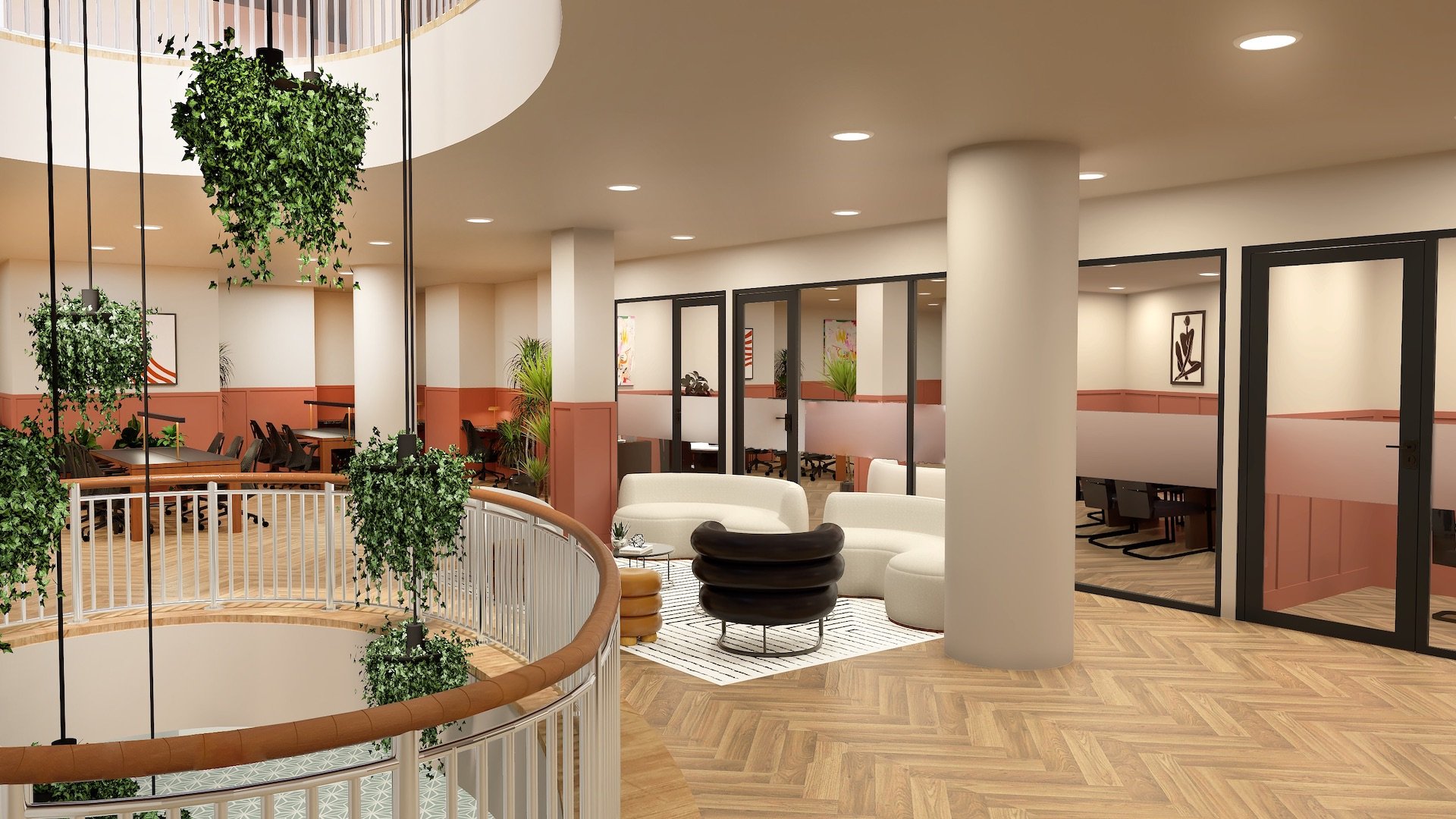The importance of mastering connections for professional success
When it comes to today’s business landscape, networking is a critical skill for professional success.
The Newbie's Guide to Networking: Mastering Connections for Professional Success
Whether you’re in the early stages of your career or are looking to expand the circle you’ve been growing for decades, effective networking can open doors to opportunities you never imagined, including brand collaborations, expert advice and even new job positions. Networking isn’t just about collecting business cards; it’s about developing meaningful relationships that can last and support your professional career for years to come.
It’s easy to wax on about the benefits of networking, but putting yourself out there is another story. A newbie networker might be wondering how to find networking groups, while seasoned professionals may feel hesitant before reaching out on digital platforms like LinkedIn.
Don’t know where to start? We’ve put together a helpful guide that explores the top tips for networking, covering everything from joining local industry groups to cold outreach coffee invites. With the right strategies, anyone can become a networking pro.
1. Join Local Industry Groups
One of the easiest ways to start networking is by becoming active in your local industry community. Participating in industry-related activities is a great way to not only meet field experts you may not work with directly, but also gain valuable insight you can bring back to your own office.
A simple Google search of your industry, local area and “events” should yield a few options for networking get-togethers, but many industry standards bodies also offer professional membership groups that host regular meet-and-greets, workshops and conferences. Whichever event you decide to attend, here are a few to-dos to make the most of your networking:
Research the Right Events: Find groups that align with your professional goals. What do you want to achieve with your networking? For younger professionals, a career ladder presentation might be more helpful than a discussion on staying up-to-date on industry trends after retirement.
Participate Actively: Meeting new people can be intimidating, especially in a professional setting, but playing the wallflower won’t help you effectively network. Engage in discussions, ask questions and share your insights. Active participation will help you stand out, making it easier for others to remember you.
Follow Up and Stay in Touch: Don’t forget – networking is about building lasting and meaningful relationships. After events, connect with those you met on LinkedIn, or drop them a personalised email letting them know how much you enjoyed meeting. This is also a great opportunity to invite them to stay in touch or get together for a further discussion over coffee.
2. Cold Outreach to Industry Colleagues
Joining local industry groups is a great way to get started on your networking journey, but sometimes, you need to take the initiative and reach out to individuals directly. Cold outreach (getting in touch without an introduction or common event) might seem scary. But if done thoughtfully, cold outreach connections can become lifelong professional partners and elevate you to the next stage of your career.
Research Your Targets: Before reaching out, make sure you’re connecting with the right people. Understand where they work, what they do, and how they can contribute to your professional growth.
Craft a Compelling Message: Your initial message should be concise, but relevant. Introduce yourself, explain what you do, and what you admire about their work. It’s important to keep this personal – mentioning a thought leadership article written by them or referring to a recent podcast interview shows you are really engaged in what they have to say. Suggest a specific way in which you can add value and collaborate or offer a time to meet.
Follow-Up with Value: The reality is, not everyone you hope to connect with will be in a position to get together. When you do receive a positive response, reply promptly and offer concrete ways you can collaborate or connect. Perhaps you have a project you’d like them to consult on, or if you are simply looking for advice, offer to buy a cup of coffee in exchange for their insights on a specific problem.
3. Optimise Digital Networking Opportunities
In today’s digital age, platforms like LinkedIn have made it easier than ever to grow your professional circle, even beyond your locality. When used correctly and consistently, your digital presence can bring in countless opportunities. To make the most of online networking, consider the following tips:
Optimise Your Profile: Your LinkedIn profile is your digital business card. From the palm of your hand, you’re able to highlight the best of your professional skills and achievements, provide contact info and share your insights. Make sure your profile is optimised, meaning each section is filled out and complete and you’re using your professional headshot for your profile picture to make a strong first impression.
Comment, Like, Engage: Actively using LinkedIn to engage with content relevant to your industry will not only increase your visibility, but also will position you as a knowledgeable expert in your field. Like, comment, and share posts that resonate with you, and if you’re ready to take that next step in elevating your professional presence, try writing and publishing a few thoughtful opinion articles of your own!
Personalise Connection Requests: One of LinkedIn’s biggest benefits is the ease with which you can directly connect with other professionals in your field. However, it’s important to send personalised connection requests rather a generic ‘Let’s Connect’ message. Approach LinkedIn like you would a cold outreach email: mention a shared interest, press piece or recent achievement, and explain why you want to connect.
4. Work from Shared Workspaces
Shared work or co-working spaces (like Grafter) offer so much more than a desk; they can provide countless opportunities to meet like-minded professionals across many different backgrounds. Through casual conversations, panel discussions and more, here’s how basing yourself from a shared workspace can enhance your networking efforts:
Diverse Community: Shared workspaces or co-working offices bring together professionals from various industries. If you are a PR executive, you might find yourself sitting next to a fintech software developer or sharing the lunch table with a team of legal recruiters. You never know who might be in the market for your services and advice, or what kinds of collaborations can come from striking up conversations with diverse industry experts!
Events and Networking Opportunities: Many co-working hubs offer frequent opportunities for members to meet and mingle as an added benefit. Collaboration builds community, so take advantage of your shared workspace’s events schedule and attend workshops, panel discussions and mixers to better understand the kinds of industries and professionals you share space with on the daily.
Utilise Amenities: One major benefit of working from a shared office is the amount of flexible breakout space, like meeting rooms, lounges and communal kitchens. These spots are fantastic if you need to step away from the desk and work from new surroundings – they're also great places to meet other professionals in the building. Meeting informally can make networking feel less sales-y. Don’t hesitate to start a conversation while brewing a cup of coffee or taking a break.
Networking is more than an opportunity to find that new job; it’s a way of building meaningful, lasting relationships that can add valuable insight and expertise to your professional life. Likewise, you never know when that keynote panelist or colleague in the cafeteria might need your knowledge in the future (or, right now!).
Whether you start by attending local industry events or dive into perfecting your cold reach out message, remember that every connection you make is an opportunity waiting to be explored.
Ready to join a community designed for your professional success? Enquire about our flexible membership options and perks to suit your work-lifestyle, however you work best. Click here to learn more.








